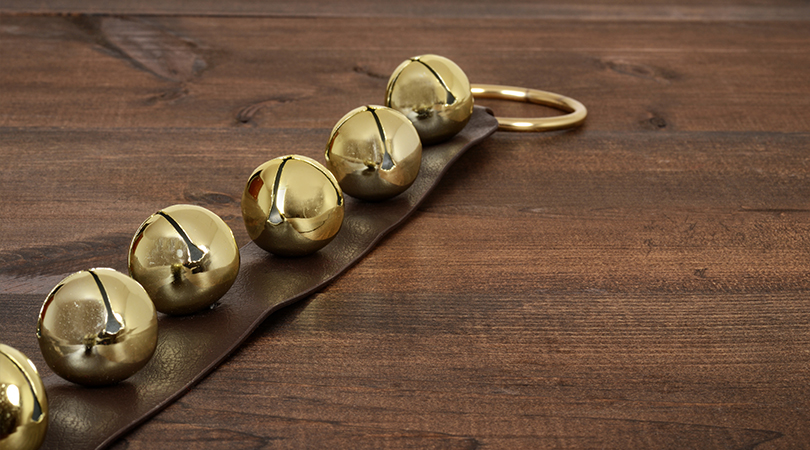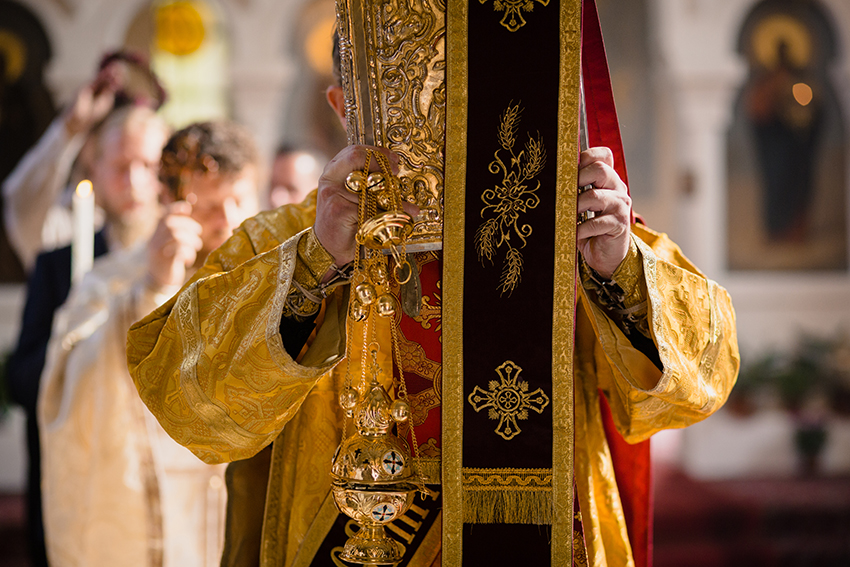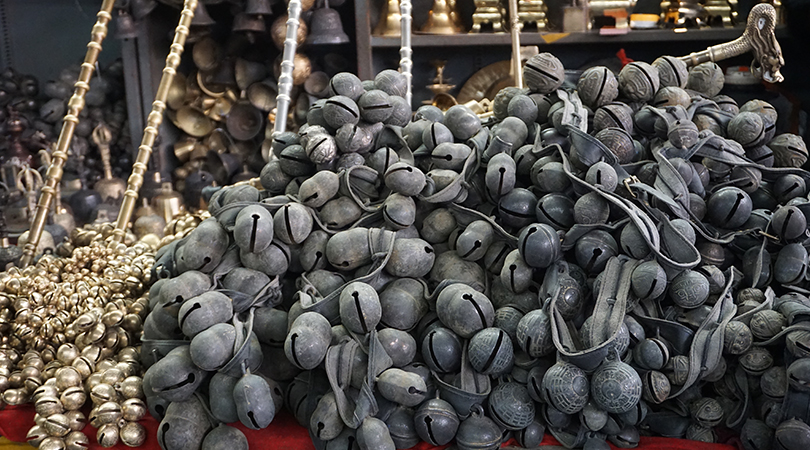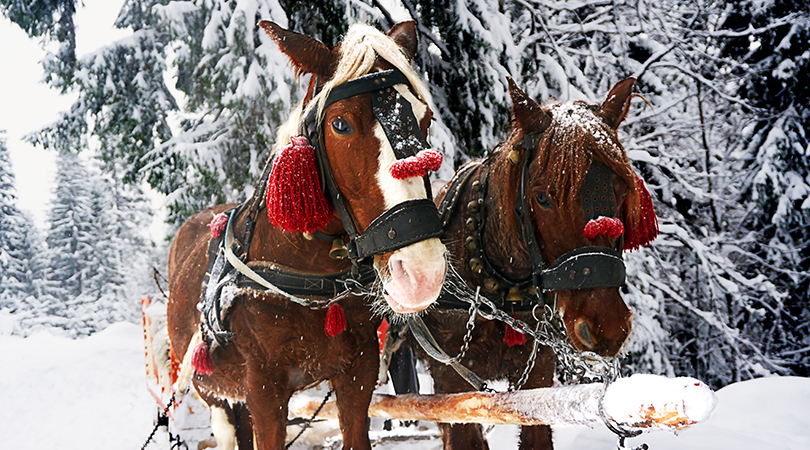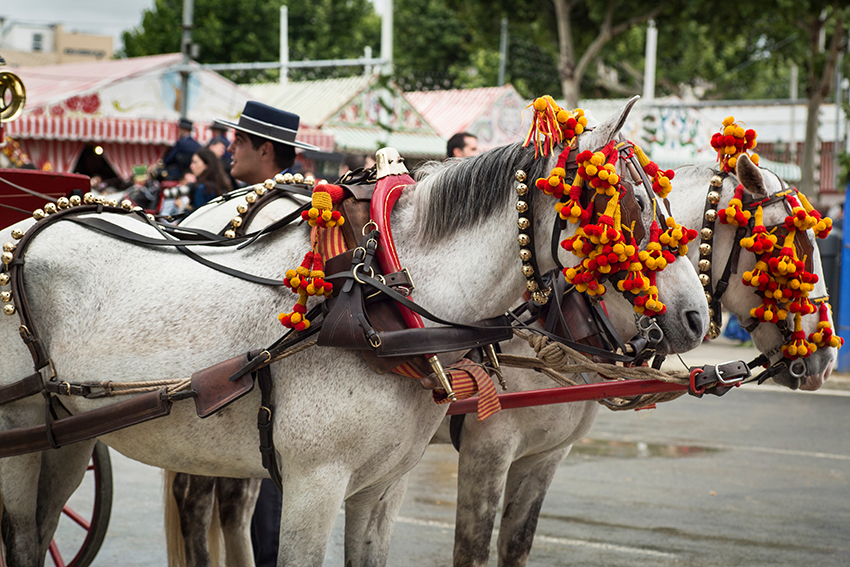How crotals are made
When we think of a bell, we often think of a dome or cup shape with an internal swinging clapper (other bells are struck by an external hammer). Crotals are unique in that the internal clapper is loose and not attached to any surface – allowing it to freely move and strike any of the internal walls to make the distinctive ringing sound.
Crotal bells can be cast in brass or bronze, while many are made using flat sheet metal that is die-cut into a star or flower shape. The ‘petals’ are then pushed inwards, meeting at the center to form an enclosed sphere or acorn-like shape. Others are made in two halves before being crimped or soldered together.
All crotals share the common structure of a hollow chamber with one, two, or three slitted perforations cast, cut, or stamped out to allow the transmission of sound. The clapper is often a pellet or pea made of brass or stone. As a hollow sphere, the loose clapper always stays within.
How do you get a crotal clapper into a round metal sphere? The earliest cast crotals were formed around a sand ball with a pellet at its core. When the metal cooled and the mold was broken away, the sand could be shaken out of the perforations, leaving the clapper bouncing around on the inside. No need to solder a joint or press the bell into shape. Today, many mass-produced crotals are stamped from flat tin and, before the petals are bent to form the spherical body, a metal clapper is dropped within.
There isn’t one single way to attach a crotal, either. A suspension loop, most often integrally cast or die-stamped, allows the crotal bell to be affixed to a leather strap, hung from a chain, or stitched onto cloth. Others are riveted in place.
Crotal bells may be plain, but they are often decorated with engravings, etchings, or cast detailing. The only limitation is the artist’s skill and imagination! Flora (like leaves or flowers), fauna (like fish scales or animal faces), and symbols of authority (like a sunburst, fleur-de-lis, or crown) are common forms of decoration. A founder’s mark or monogram may be included to indicate the proud maker.
The general shape and purpose of a crotal has remained unchanged for a thousand years – an early and lasting triumph of human ingenuity and design.
Section image: Crotal bells stacked on a red table at a market in Beijing, China.
